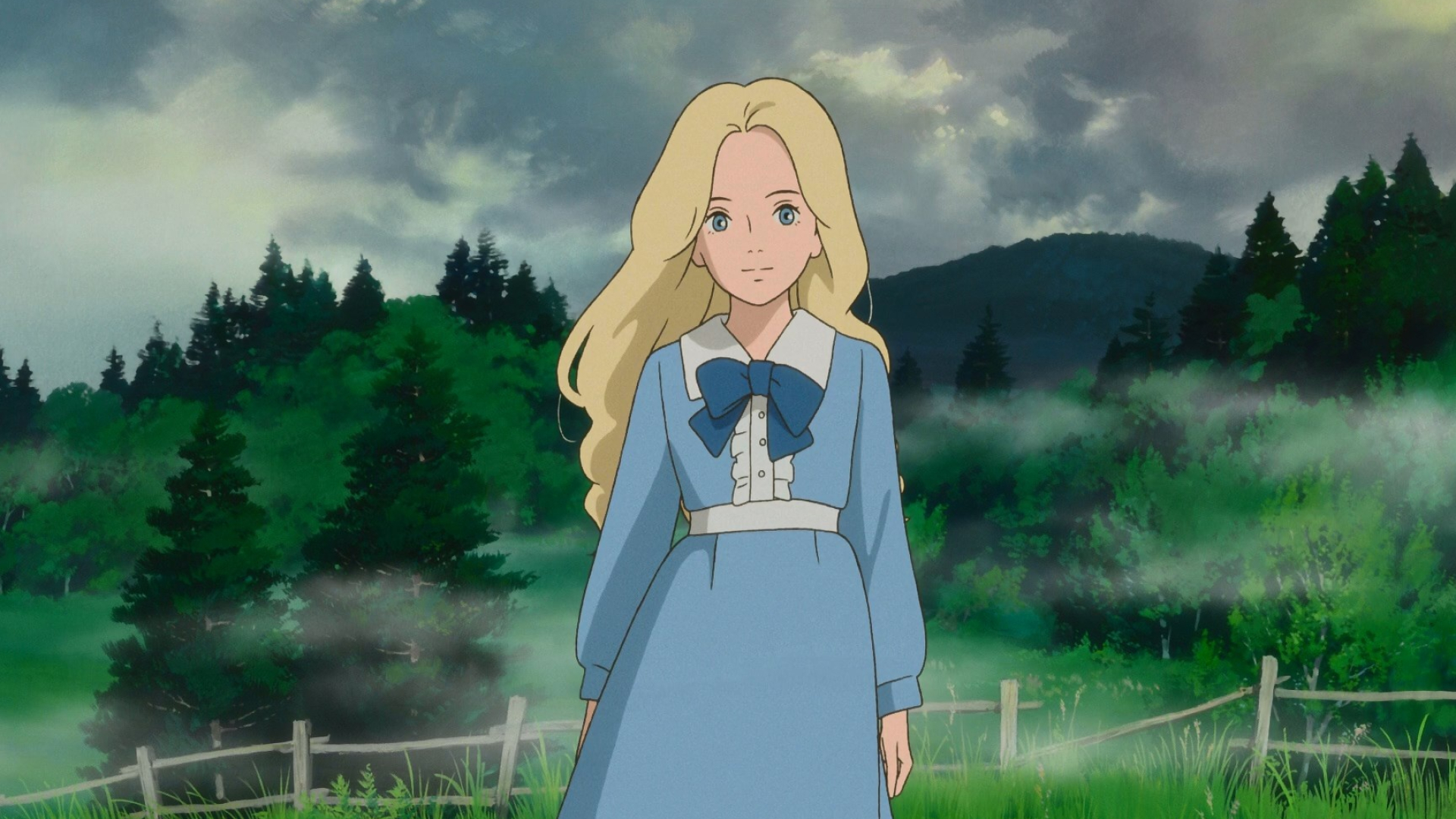September 2, 2024 12:38 pm
Was Marnie real or was it all a dream?
When Marnie Was There is one of Ghibli's animations that took a Western work and remade it in an Eastern style. It is based on the psychological children's novel of the same name by British author Joan G. Robinson.
The work is a perfect base for animation because of the shaky line between the real and the metaphysical. The stunning dramatic work became the second in the career of one of Ghibli's youngest directors, Hiromasa Yonebayashi.
What is When Marnie Was There About?
Twelve-year-old Anna is a reclusive girl who, because of her asthma, moves to a seaside town to live with her adoptive mother's relatives. In the new place she meets Marnie, her complete opposite.
The girls become close friends, but Marnie's behavior sometimes puzzles Anna. She begins to think that she may have invented a happy girl with blond hair.
Marnie Wasn't a Figment of Anna's Imagination
Many viewers were confused by the ending of the anime – Marnie was Anna's grandmother, no doubt about it. But was it all Anna's imagination? Was Marnie a ghost?
Anna did not meet Marnie by chance, the visions started after she visited her grandmother's country house. This alone tells us that there is a large mystical element to the story. Whenever Marnie and Anna meet, they find themselves in another world, which is why Anna often wakes up in random places.
Throughout the movie, there are hints that Marnie is real. First, when Hisako tells Anna that she once knew a girl who looked exactly like Marnie, pointing to the girl Anna drew in her sketches. Another piece of evidence that Marnie is not a figment of Anna's imagination is the diary. So whenever Anna saw Marnie, it was real, the girl really saw her grandmother's ghost.
Anna and Marnie's Friendship Helped End the Vicious Circle
Their meeting was a way to end their relationship. Marnie always felt that she failed as a mother when she abandoned her daughter and sent her to boarding school. She also never really made up with Emily. So when she decided to take care of Anna, it was her way of making up for leaving her own daughter.
Marnie knows what it's like to be alone – she was an only child whose parents were always away. Anna, on the other hand, was too young when her biological parents died. Even with loving adoptive parents, Anna always felt unwanted. Being friends with Marnie helped her realize that this wasn't the case.
In the end, Anna is a much happier child because she finally learned a little more about her biological family and what really happened to them: her mother, Emily, and her grandmother, Marnie. Knowing the truth about their deaths has brought her peace. Anna no longer feels unwanted because she knows that both her mother and grandmother loved her to the end.
Was Marnie real or was it all a dream?
When Marnie Was There is one of Ghibli's animations that took a Western work and remade it in an Eastern style. It is based on the psychological children's novel of the same name by British author Joan G. Robinson.
The work is a perfect base for animation because of the shaky line between the real and the metaphysical. The stunning dramatic work became the second in the career of one of Ghibli's youngest directors, Hiromasa Yonebayashi.
What is When Marnie Was There About?
Twelve-year-old Anna is a reclusive girl who, because of her asthma, moves to a seaside town to live with her adoptive mother's relatives. In the new place she meets Marnie, her complete opposite.
The girls become close friends, but Marnie's behavior sometimes puzzles Anna. She begins to think that she may have invented a happy girl with blond hair.
Marnie Wasn't a Figment of Anna's Imagination
Many viewers were confused by the ending of the anime – Marnie was Anna's grandmother, no doubt about it. But was it all Anna's imagination? Was Marnie a ghost?
Anna did not meet Marnie by chance, the visions started after she visited her grandmother's country house. This alone tells us that there is a large mystical element to the story. Whenever Marnie and Anna meet, they find themselves in another world, which is why Anna often wakes up in random places.
Throughout the movie, there are hints that Marnie is real. First, when Hisako tells Anna that she once knew a girl who looked exactly like Marnie, pointing to the girl Anna drew in her sketches. Another piece of evidence that Marnie is not a figment of Anna's imagination is the diary. So whenever Anna saw Marnie, it was real, the girl really saw her grandmother's ghost.
Anna and Marnie's Friendship Helped End the Vicious Circle
Their meeting was a way to end their relationship. Marnie always felt that she failed as a mother when she abandoned her daughter and sent her to boarding school. She also never really made up with Emily. So when she decided to take care of Anna, it was her way of making up for leaving her own daughter.
Marnie knows what it's like to be alone – she was an only child whose parents were always away. Anna, on the other hand, was too young when her biological parents died. Even with loving adoptive parents, Anna always felt unwanted. Being friends with Marnie helped her realize that this wasn't the case.
In the end, Anna is a much happier child because she finally learned a little more about her biological family and what really happened to them: her mother, Emily, and her grandmother, Marnie. Knowing the truth about their deaths has brought her peace. Anna no longer feels unwanted because she knows that both her mother and grandmother loved her to the end.

